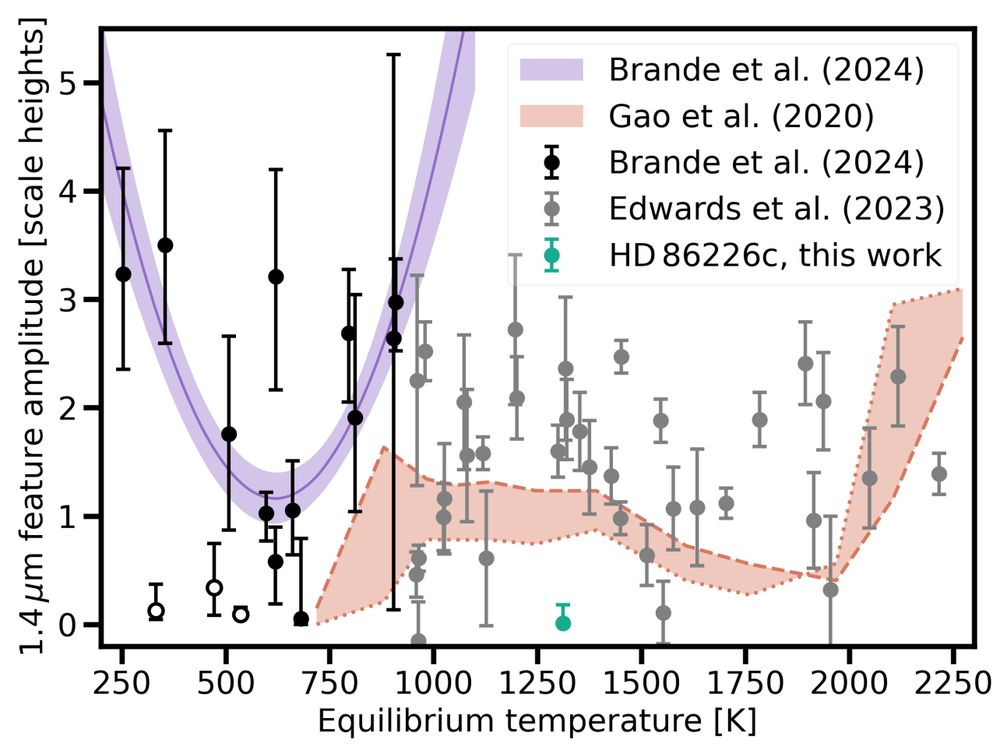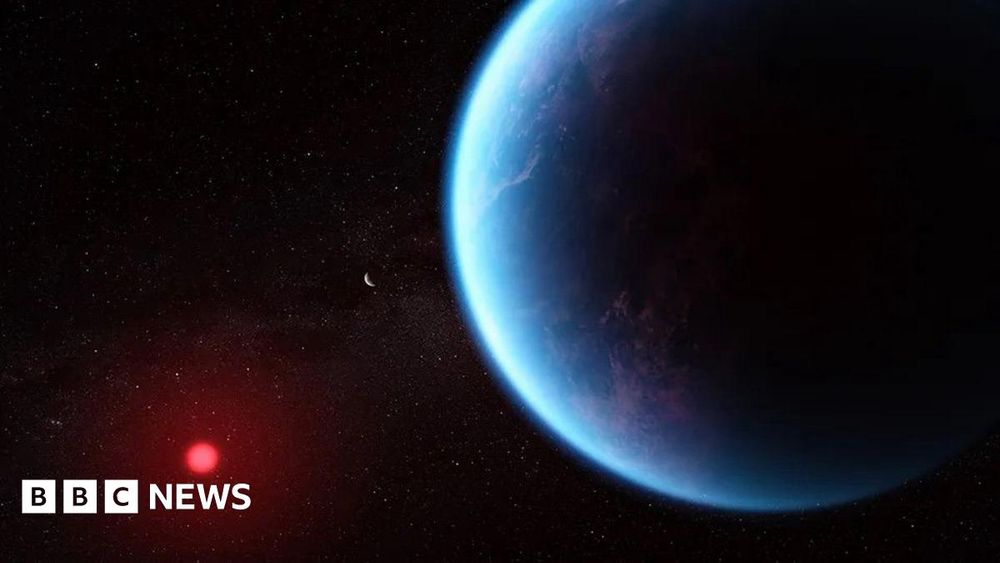Jiachen Liu
@jiachenliu.bsky.social
38 followers
53 following
8 posts
PhD candidate at Peking University (she/her) | working on atmospheres on Earth, terrestrial planets, and sub-Neptunes! https://jiachenliu-atmos.github.io/
Posts
Media
Videos
Starter Packs
Reposted by Jiachen Liu
Reposted by Jiachen Liu
Reposted by Jiachen Liu
Duncan Christie
@astroduncan.bsky.social
· Jul 14

Geometric Considerations in Hot Jupiter Magnetic Drag Models
Magnetic fields are expected to impact the atmospheric dynamics of hot and ultra-hot Jupiters due to their increased ionization fractions, compared to that of cooler exoplanets, but our ability to mod...
www.arxiv.org
Jiachen Liu
@jiachenliu.bsky.social
· Jul 10
Reposted by Jiachen Liu
Tad Komacek
@tadkomacek.bsky.social
· Jul 1

Three-dimensional Transport-induced Chemistry on Temperate sub-Neptune K2-18b, Part I: the Effects of Atmospheric Dynamics
The low equilibrium temperatures of temperate sub-Neptunes lead to extremely long chemical timescales in their upper atmospheres, causing the abundances of chemical species to be strongly shaped by at...
arxiv.org
Jiachen Liu
@jiachenliu.bsky.social
· Jul 1
Jiachen Liu
@jiachenliu.bsky.social
· Jul 1

Three-dimensional Transport-induced Chemistry on Temperate sub-Neptune K2-18b, Part I: the Effects of Atmospheric Dynamics
The low equilibrium temperatures of temperate sub-Neptunes lead to extremely long chemical timescales in their upper atmospheres, causing the abundances of chemical species to be strongly shaped by at...
arxiv.org
Jiachen Liu
@jiachenliu.bsky.social
· Jun 24
Reposted by Jiachen Liu
Reposted by Jiachen Liu
Reposted by Jiachen Liu
Laura Kreidberg
@lkreidberg.bsky.social
· Apr 17
Jiachen Liu
@jiachenliu.bsky.social
· Apr 8
Jiachen Liu
@jiachenliu.bsky.social
· Apr 8
Jiachen Liu
@jiachenliu.bsky.social
· Apr 8

Formation of Near-surface Atmospheric Inversion and Surface Inversion in Hothouse Climates
A hothouse climate may develop throughout Earth's history and its warming future and on potentially habitable exoplanets near the inner edge of the habitable zone. Previous studies suggested that near...
arxiv.org







